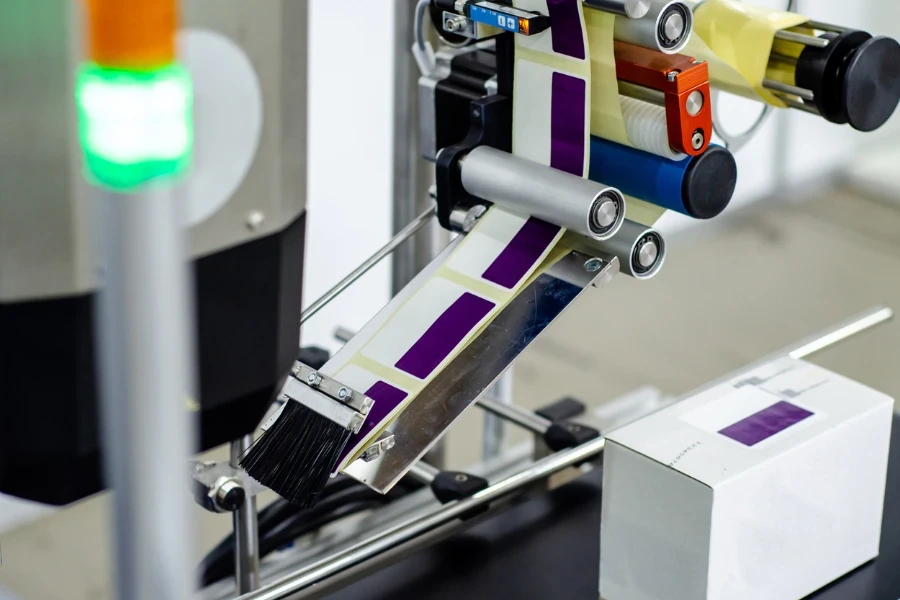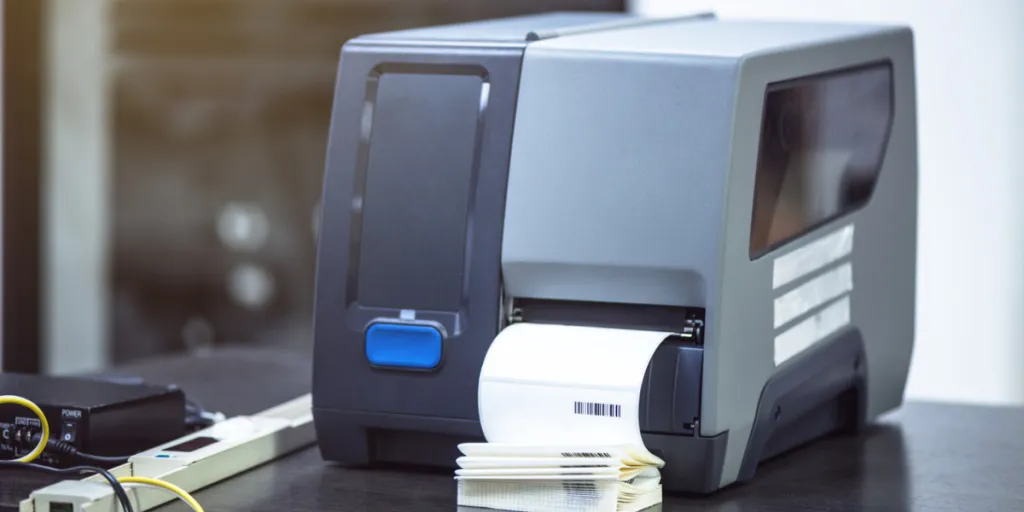One of the most vital aspects of running an e-commerce store is shipping, and ensuring that this process runs smoothly often means having items correctly labeled. For this reason, business owners are advised to invest in the best shipping label printers to cut on high labeling costs and make their shipping tasks more efficient.
However, when choosing a shipping label printer, many businesses need help distinguishing the right one from the pool of available printers. In this guide, we will look into what one should prioritize while selecting a shipping label printer to make a well-informed decision when picking one for their business.
Table of Contents
Market overview of shipping label printers
What is a shipping label printer?
How does a label printer work?
6 Factors to consider when selecting shipping label printers
Conclusion
Market overview of shipping label printers
According to experts, the global market size for shipping label printers in 2023 is US$ 513.3 million. They predict the market will reach a US$ 752.6 million valuation In 2033. It will grow at a compound annual growth rate (CAGR) of 3.9% during the 2023-2033 forecast period.
Driving the growth of the label printer market size is the increase in demand for these machines by most businesses and individuals. The printers offer cost-effective advantages compared to opting for third-party label printing services in the long run.
Another factor that will boost global shipping label printer sales over the forecast period is various industries’ reliance on these machines. Logistics, retail, manufacturing, and e-commerce industries depend highly on these tools. These industries require shipping labels to send packages. Therefore, they use shipping label printers to assist them in working without any hassles.
Based on these market insights, businesses can benefit hugely by providing their customers with top-tier label printers.
What is a shipping label printer?

A shipping label printer is a machine that applies printed text on self-adhesive materials. They differ from ordinary printers since they require a unique feed mechanism to handle the thermal paper roll or tear paper sheet to apply the print.
Why do you need a label printer?
A label printer offers businesses a wide range of benefits when processing packages before sending them to customers. They include the following advantages:
- It produces labels instantly – A label printer allows sellers to print the number of labels they want rapidly, increasing productivity by printing labels on demand.
- It is time-saving – The printing tool saves business time compared to waiting for a third-party label printing company to make new labels for new products.
- It helps reduce labeling costs – In-house label printing is cheaper than hiring a third-party company to print and make product labels.
How does a label printer work?
A label printer uses heat instead of ink like ordinary printers. There are two types of thermal printers, mainly direct thermal printers and thermal transfer printers. A direct thermal printer works by heating thermochromic-coated paper when the paper passes a thermal print head, producing the printed image, text, or symbols. The heated paper turns black in areas where it has been heated, resulting in the image desired.
On the other hand, a thermal transfer printer uses a heated ribbon to produce the image, text, or symbol on the paper. This printer transfers the heat from the ribbon to the paper. It contains a printhead made of tiny heated pins controlled by a microprocessor. The pins use heat to melt and transfer wax or resin-based ink from the ribbon onto a blank surface like plastic, paper, or other material.
6 Factors to consider when selecting shipping label printers
Connectivity
Consider a model with various connectivity options when choosing a shipping label printer. One of the connectivity options printer buyers should consider is USB connectivity.
Most label printers have USB ports allowing users to connect them directly to a computer or shipping station. USB connectivity is reliable and convenient to set up. However, a USB connection may only be suitable if one needs to connect multiple devices simultaneously.
Ethernet or network connectivity is another aspect shoppers should prioritize. Shipping label printers with ethernet ports or built-in Wi-Fi enable the printer’s connection to a local network.
This feature is helpful, especially when sharing the printer among multiple computers or workstations in the shipping department. A printer with ethernet or network connectivity is more reliable as it enables wireless and cloud printing.
Ease of installation
Before shopping for label printers, consider how straightforward it is to set up and configure. This is important to ensure a smooth setup process and minimize disruptions when handling shipping procedures.
A printer with a plug-and-play setup is recommended. Such a printer should connect like ordinary printers, meaning it self-installs and starts printing labels immediately. However, some printers may require installing compact discs or downloading drivers or software from the internet. While this may be an extra step in the printer installation, it should be fine as long as it is easy to use.
Printing speed
While the printing speed plays a role in selecting a quality printer, average small businesses or home shippers may not necessarily consider this factor. Businesses that handle bulk packages for their customers may require a rapid printer of above 150mm/s. Ideally, 150mm is the length of labels that can be printed in a second, approximately six inches.
Nonetheless, printing speeds and quality should go hand in hand. Thermal printers use heat to react to the chemicals in the label, which turns the paper “black,” if it is too fast, the print quality may be poor. In such a case, the speeds can be adjusted to meet a satisfactory standard.
Label type and sizes
The type of label and the size is crucial when choosing the right shipping label printer. Most printers allow the swapping of different labels. However, some can print labels of different kinds and sizes.
Consider a printer that accommodates printing various labels. The printer can print shipping labels, name tags, and product labels.
Platform compatibility
Platform compatibility is another factor to consider when choosing a label printing machine. One should check the printer’s compatibility with the computer system such as Windows and Mac. The printer should be able to operate when connected to both Mac and windows Computers.
Also, checking compatibility with the shipping software they use before placing an order is crucial. Common shipping platforms include ShipStation and Stamps.com. If the printer ticks these boxes, businesses can buy the tool.
Durability
The machine’s durability is essential since the printers will be used for longer printing many labels. The printers available in the market can last up to 10 years without significant issues.
Shoppers should therefore go for models capable of operating for over a decade with little maintenance. This assures them that the machine will provide optimum printing service for an extended period.
Conclusion
This guide has looked at the key things to look into when choosing the right shipping label printer. By considering the tips above, businesses can find a printer that meets their needs and does the job efficiently for many years. Find out more about shipping label printers by visiting our online showroom at Alibaba.com.




